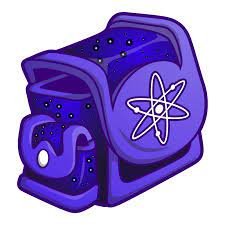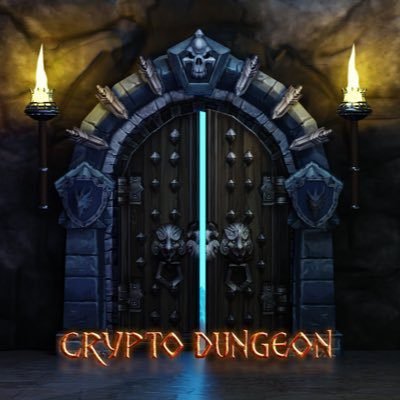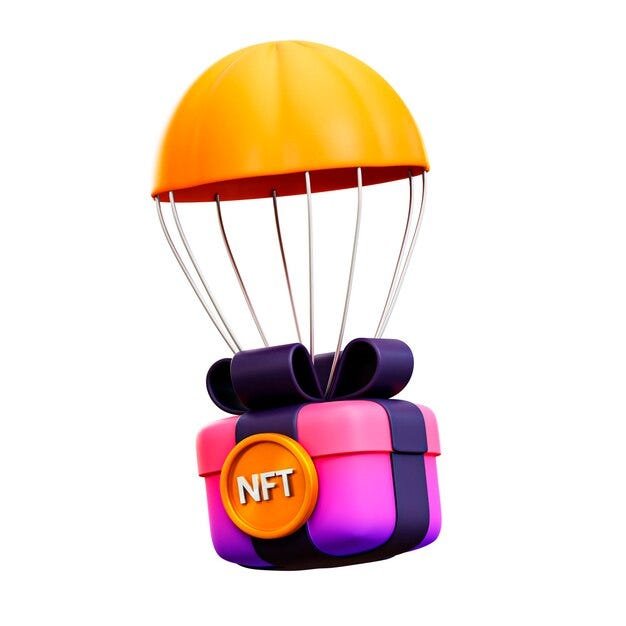Ethereum, a trailblazer in the blockchain domain, revolutionized the landscape with its introduction in 2015. Conceived by Vitalik Buterin, it extends beyond the traditional scope of blockchain networks, serving not only as a platform for cryptocurrency transactions but also as a robust framework for decentralized applications (dApps) and smart contracts.
Ethereum’s Core Features: Ethereum’s most notable innovation is its smart contract functionality. Smart contracts are self-executing contracts with the terms directly written into code, automating and enforcing agreements without intermediaries. This feature forms the backbone of Ethereum’s diverse ecosystem, enabling the development of a wide range of decentralized applications, from financial tools to games.
Additionally, Ethereum introduced the concept of a decentralized virtual machine, the Ethereum Virtual Machine (EVM), which executes smart contract code. The EVM standardizes the process, ensuring that programs behave the same way on any Ethereum node, fostering a secure and stable environment for developers.
Ethereum’s Consensus Mechanism: Initially, Ethereum operated on a Proof of Work (PoW) consensus mechanism, similar to Bitcoin, requiring computational power to validate transactions and create new blocks. However, it’s transitioning to Proof of Stake (PoS) through its Ethereum 2.0 upgrade, aiming to enhance scalability, security, and energy efficiency. This shift is expected to significantly reduce the network’s carbon footprint and increase transaction processing capacity.
Advantages of Ethereum: Ethereum’s foremost advantage is its support for dApps and smart contracts, paving the way for decentralized finance (DeFi) and the creation of thousands of ERC-20 tokens. It has established a vast, active community and ecosystem, leading to widespread adoption and continuous innovation. Ethereum’s flexibility and developer-friendly environment make it a preferred platform for blockchain-based projects.
Moreover, the Ethereum 2.0 upgrade, with its shift to PoS, promises to address some of Ethereum’s scalability and environmental concerns, potentially leading to wider adoption and new functionalities.
Challenges and Potential Improvements: Despite its advantages, Ethereum faces challenges, primarily scalability and high gas fees (transaction fees). These issues sometimes lead to network congestion, affecting usability. Ethereum 2.0, with its sharding mechanism, is anticipated to address these concerns by splitting the network into smaller, easier-to-manage parts, thereby increasing its capacity to process transactions.
Ethereum’s Use Cases: Ethereum’s use cases are diverse and growing. It’s the foundation for most DeFi projects, enabling functionalities like lending, borrowing, and yield farming without traditional financial intermediaries. It’s also pivotal in the NFT (Non-Fungible Token) market, providing a platform for digital ownership and exchange. Other applications include supply chain management, voting systems, and decentralized autonomous organizations (DAOs).
About Course
Course Curriculum
Introduction to Ethereum
⦁ What is Ethereum?
Welcome to the first lesson of our course, "Introduction to Ethereum for Beginners." Today, we will dive into the world of Ethereum and start exploring this fascinating technology.
Ethereum, in the simplest terms, is an open-source, blockchain-based platform that enables developers to build and deploy decentralized applications (dApps). It was proposed in late 2013 by a cryptocurrency researcher and programmer named Vitalik Buterin and development was funded by an online crowdsale in mid-2014.
The Ethereum platform has its own cryptocurrency, known as Ether (ETH), which is used primarily for two purposes: as a digital currency, like Bitcoin, and is used inside Ethereum to run applications and even to monetize work.
But Ethereum is so much more than just a cryptocurrency. It's a whole ecosystem that allows developers to build and run smart contracts - self-executing contracts with the terms of the agreement directly written into code. This means that Ethereum is not just a platform but also a programming language (Turing complete) running on a blockchain, helping developers to build and publish distributed applications.
Ethereum's vision is to create a "World Computer" - a decentralized platform that runs smart contracts: applications that run exactly as programmed without any possibility of downtime, censorship, fraud, or third-party interference.
⦁ The History of Ethereum
As we continue our journey into the world of Ethereum, it's important to understand its roots. The history of Ethereum is not just a timeline of events, but a story of innovation, collaboration, and the drive to create a decentralized future.
Ethereum was conceived in 2013 by Vitalik Buterin, a programmer involved with Bitcoin. Buterin saw the potential of Bitcoin and blockchain technology but felt that it was limited in scope. Bitcoin was primarily a currency, and its blockchain could not be used for other applications. Buterin proposed a new platform, Ethereum, which would feature a general scripting language and allow developers to create any kind of application on its blockchain.
Buterin's proposal was met with enthusiasm, and in January 2014, Ethereum was formally announced at the North American Bitcoin Conference in Miami. The core Ethereum team consisted of Vitalik Buterin, Mihai Alisie, Anthony Di Iorio, and Charles Hoskinson. Later, Joseph Lubin, a co-founder of Ethereum who has been a significant contributor to the ecosystem, founded ConsenSys, a blockchain technology company.
In order to fund the development of Ethereum, the team decided to conduct a crowdsale of Ether, Ethereum's native cryptocurrency. The crowdsale took place between July and August 2014 and was a huge success, raising over $18 million.
The development of Ethereum was divided into four stages: Frontier, Homestead, Metropolis, and Serenity. Each stage added new features and improvements to the platform. Frontier, the initial stage, was launched in July 2015. It was intended for developers and technical users, allowing them to mine Ether and create smart contracts.
Ethereum has had its share of challenges along the way. One of the most significant events in Ethereum's history was the DAO attack in 2016. The DAO (Decentralized Autonomous Organization) was a complex smart contract on the Ethereum blockchain that was hacked, leading to the theft of 3.6 million Ether. This event led to a hard fork in the Ethereum blockchain, resulting in two separate chains: Ethereum (ETH) and Ethereum Classic (ETC).
Despite these challenges, Ethereum has continued to grow and evolve. It has become the leading platform for decentralized applications and has paved the way for the Decentralized Finance (DeFi) movement. Today, Ethereum is not just a platform but a vibrant ecosystem of developers, innovators, and users who are shaping the future of the internet.
In the next section, we will delve deeper into Ethereum's purpose and how it aims to revolutionize the world of software development and finance. So, let's move on to the next topic: Understanding Ethereum's Purpose.
⦁ Understanding Ethereum's Purpose
As we continue our exploration of Ethereum, it's crucial to understand its purpose. Why was Ethereum created, and what problems does it aim to solve? Let's dive into this topic to gain a deeper understanding of Ethereum's mission and vision.
Ethereum was created with the intention of taking the blockchain technology that underpins Bitcoin and adding a programming layer on top of it. This layer, known as the Ethereum Virtual Machine (EVM), allows developers to write smart contracts and decentralized applications (dApps) that can run on the Ethereum blockchain.
But why is this important? To answer this question, we need to look at the problems that Ethereum is trying to solve.
⦁ Centralization: In the traditional internet, most applications and services are controlled by a few large companies. These companies can censor content, restrict access, and misuse user data. Ethereum aims to solve this problem by creating a decentralized platform where applications are run on a network of computers, not controlled by any single entity.
⦁ Trust: Traditional contracts and transactions require intermediaries, like banks and lawyers, to ensure trust between parties. With Ethereum's smart contracts, the terms are written in code and automatically executed by the blockchain, eliminating the need for intermediaries and reducing the risk of fraud.
⦁ Innovation: By providing a platform for developers to write decentralized applications, Ethereum opens up a whole new world of possibilities for innovation. Developers can create anything from decentralized finance (DeFi) applications to decentralized social networks.
Ethereum's purpose, then, is to enable the creation of applications that are not only decentralized but also immutable, transparent, and free from the control of any single party. It's about taking back control from centralized authorities and giving it to the users.
In essence, Ethereum seeks to be the backbone of a new, decentralized internet - often referred to as Web 3.0. In this new internet, users control their own data, applications are resistant to censorship, and trust is established not through intermediaries but through code and consensus algorithms.
In the next module, we will dive deeper into the technology that makes Ethereum possible - blockchain. We'll explore what blockchain is, how it works, and how it's connected to Ethereum. So, let's move on to the next module: Understanding Blockchain and Ethereum.
Student Ratings & Reviews






